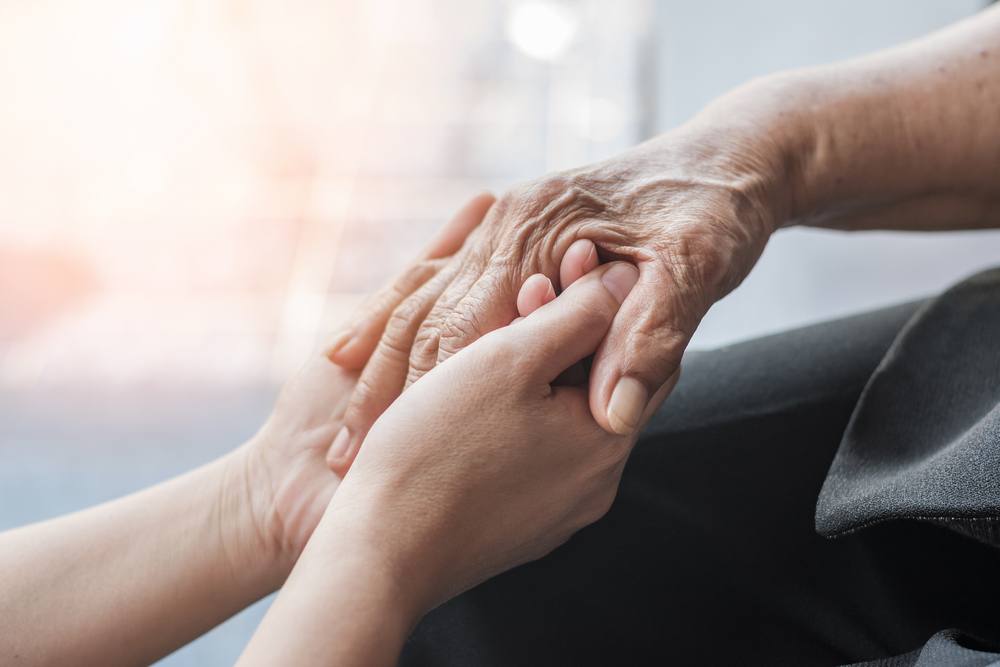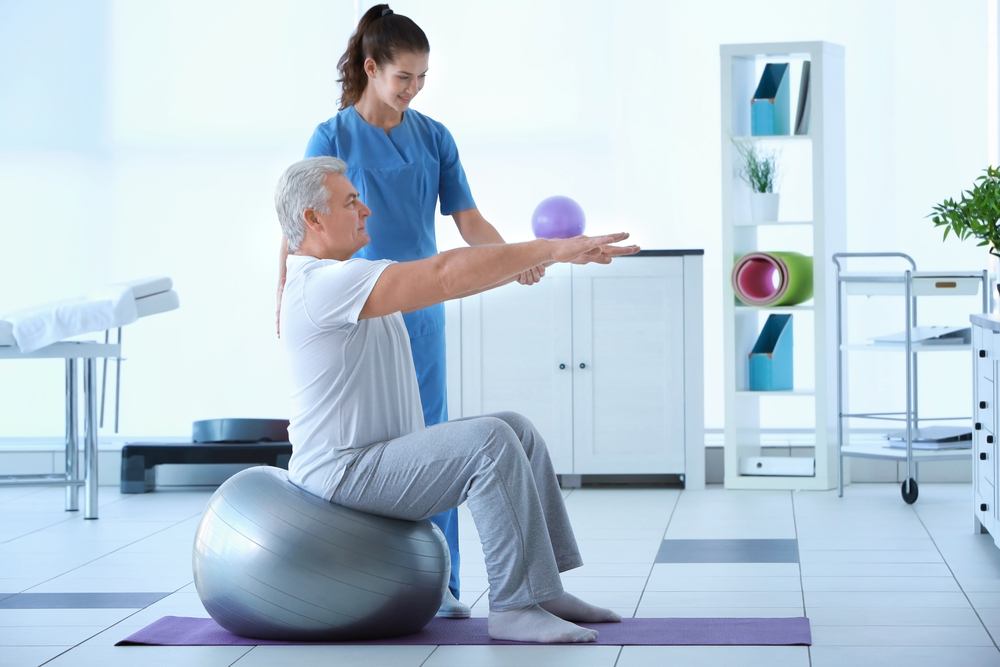Rheumatoid Arthritis: Symptoms, Diagnosis and Home Remedies

As one of the most common conditions which appear over time, arthritis is affecting millions of Americans. Rheumatoid arthritis, an autoimmune disease which primarily attacks joint tissue (but may affect other body parts too), is changing the lives of 41 out of every 100,000 people worldwide every year.
The Arthritis Foundation estimates there are approximately 1.3 million Americans battling rheumatoid arthritis right now.
In severe cases, this illness can cause major pain and swelling, sometimes damaging your arms and legs beyond repair.
While there’s no treatment for rheumatoid arthritis, spotting early symptoms allows you to keep it under control and improve your life quality.
Since it’s such a common disease that affects both men and women, today I want to discuss the signs, causes and treatments for rheumatoid arthritis to live a long, healthy life.
What is rheumatoid arthritis?
Rheumatoid arthritis (RA) is an autoimmune illness that affects the joints, their surrounding tissue as well as other parts of the body.
The uniqueness of this disease lies in its mirror-like principle: if a joint on one side of the body is affected, the same joint on the opposite side will be impacted too. For example, if the wrist of your right hand is damaged, the wrist of your left hand will suffer the exact same process.
This particularity differentiates this illness from other types of arthritis, such as osteoarthritis.
![]() RELATED: Our in-depth post about osteoarthritis covers the symptoms, diagnosis and supplements recommended for this common condition as well. You can check it out right here.
RELATED: Our in-depth post about osteoarthritis covers the symptoms, diagnosis and supplements recommended for this common condition as well. You can check it out right here.
Types of rheumatoid arthritis
There are three main types of RA which appear at various ages:
- Seronegative RA. If your RA symptoms are paired with a negative RF blood test results and a negative anti-CCP result, it means you have rheumatoid arthritis without having developed antibodies yet.
- Seropositive RA. This diagnosis requires a positive rheumatoid factor blood test result; in other words, your body has started developing antibodies to fight off RA.
- Juvenile idiopathic arthritis. Considerably more rare than the other types of RA, this one is targeting children and adolescents of 17 years old and younger. Additionally to the classic symptoms associated with RA, these younger patients may also experience eye inflammation and delayed physical development.

What are the main symptoms?
Since it’s an autoimmune, chronic condition, RA progresses in bursts. This means there are moments called exacerbations, when the joints become swollen and painful; then, there are moments of remission, when the symptoms can disappear suddenly and completely.
The main symptoms of RA are:
- Joint pain and/or swelling
- Joint stiffness
- Deformities
- An inability to use the joints properly
Since these signs can come and go (and they’re usually not that painful at first), many patients choose to ignore them. If you feel anything wrong with your joints, it’s crucial that you get a medical checkup as soon as possible to avoid any future risks.
Medical examination
Unfortunately, putting the right diagnosis of RA involves multiple blood tests and physical examinations. Firstly, your doctor will check your medical history and check your joints. During this step, your physician will look for:
- Swelling and redness
- Joint functionality and motion
- Warmth and/or tenderness
- Reflexes
If there’s any suspicion of RA, your doctor will recommend a rheumatologist who can perform further tests for the right diagnosis. This next step usually involves one or more of the following blood tests:
- Antinuclear antibody test. This test analyzes how many antibodies your immune system produces, since it can make antibodies for rheumatoid arthritis too.
- Rheumatoid factor test. One of the most common tests for RA, this one measures your levels of rheumatoid factor; if the levels of this protein are high, you might suffer from an autoimmune disease (RA in particular).
- Erythrocyte sedimentation rate. This test measures the inflammation in your body. Although it doesn’t determine the cause of inflammation, this test combined with other exams can help your rheumatologist put the right diagnosis.
- C-reactive protein test. If your body is trying to fight off an infection or inflammation, your liver might start producing a C-reactive protein. Usually, this response is triggered by rheumatoid arthritis.

Treatment options
As I was mentioning at the beginning of this post, there’s no cure for RA. However, different treatments can slow down the progression of the illness and help you live a good life.
A treatment strategy known as treat-to-target can reduce the severity of the symptoms and it has even showed higher remission rates. Basically, this process involves setting a goal for remission or control over the disease, testing different reactants and monitoring the evolution monthly. Depending on the impact of the medication, your rheumatologist will adjust the treatment or recommend other medication.
Home remedies
Aside from treatments recommended by your doctor, there are many lifestyle changes you can adopt at home to reduce symptoms and stay as healthy as possible in the long run.
Some of the most effective home remedies for RA are:
- Physical activity
Since RA affects the joints, patients diagnosed with this condition shouldn’t exercise like healthy individuals. Light stretching, low-impact exercises and even gentle yoga can be performed safely, although it’s best to check with your physician before opting for any of these exercises. - Hot & cold compresses
Applying cold compresses can reduce the pain and inflammation caused by RA. Alternatively, you can also try a hot-and-cold treatment which involves alternating hot and cold compresses or showers which reduce unpleasant symptoms.
Want to know why so many doctors recommend cold showers and how you can take them too? My post right here covers all the details. - A healthy diet
Anti-inflammatory diets are known for reducing unpleasant symptoms caused by various conditions, RA included. This type of diet focuses on foods rich in omega-3 fatty acids, such as fatty fish (salmon, tuna) and nuts. An equally important part are antioxidant-rich foods like berries, spinach, kidney beans or dark chocolate (yay!).
Antioxidants are one of your best natural allies for reducing inflammation; in my post What’s All the Fuss About Antioxidants? you can find our exactly how these little guys can have a huge positive impact in your life.
![]() Rheumatoid arthritis is definitely not easy. However, you can live a normal life if you learn to take care of yourself and get the proper treatment. If you need help to start living a healthier lifestyle, here are a few useful posts:
Rheumatoid arthritis is definitely not easy. However, you can live a normal life if you learn to take care of yourself and get the proper treatment. If you need help to start living a healthier lifestyle, here are a few useful posts:
- 10 Antioxidant-Rich Foods to Stay Healthy This Fall
- 4 Surprising Weight Loss Tricks Nutritionists Recommend
- 9 Innocent-Looking Habits That Can Seriously Harm Your Health


